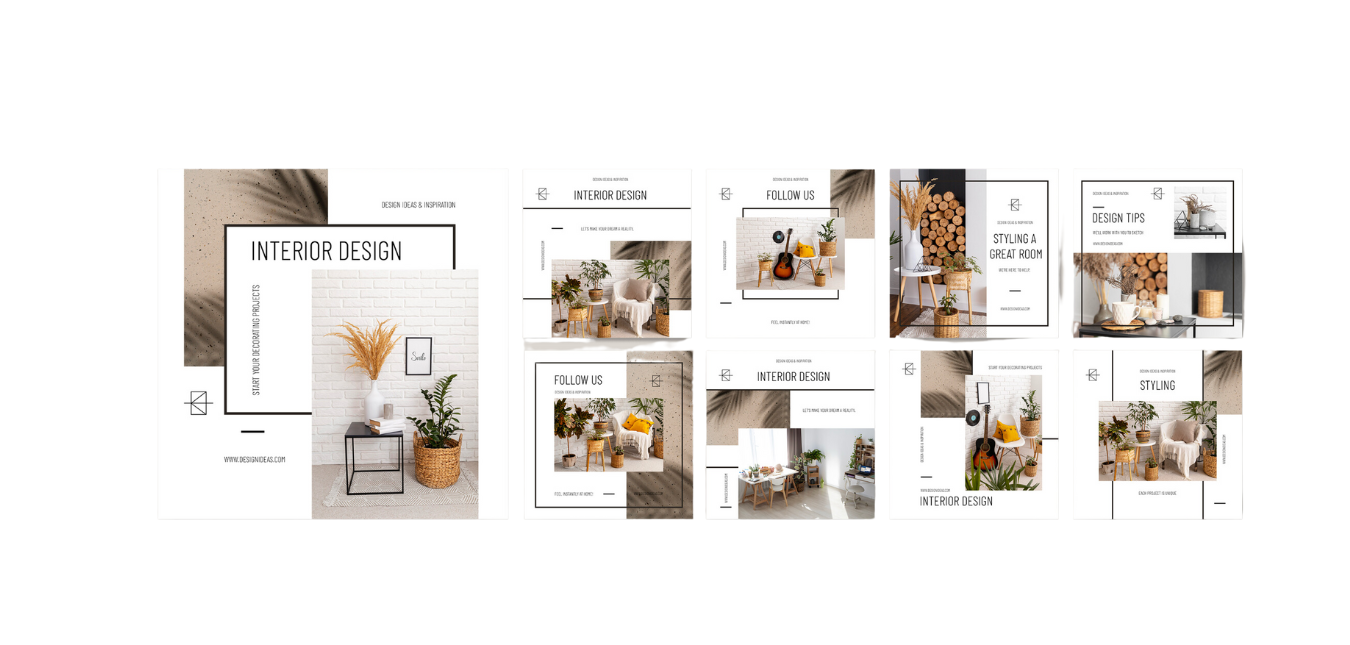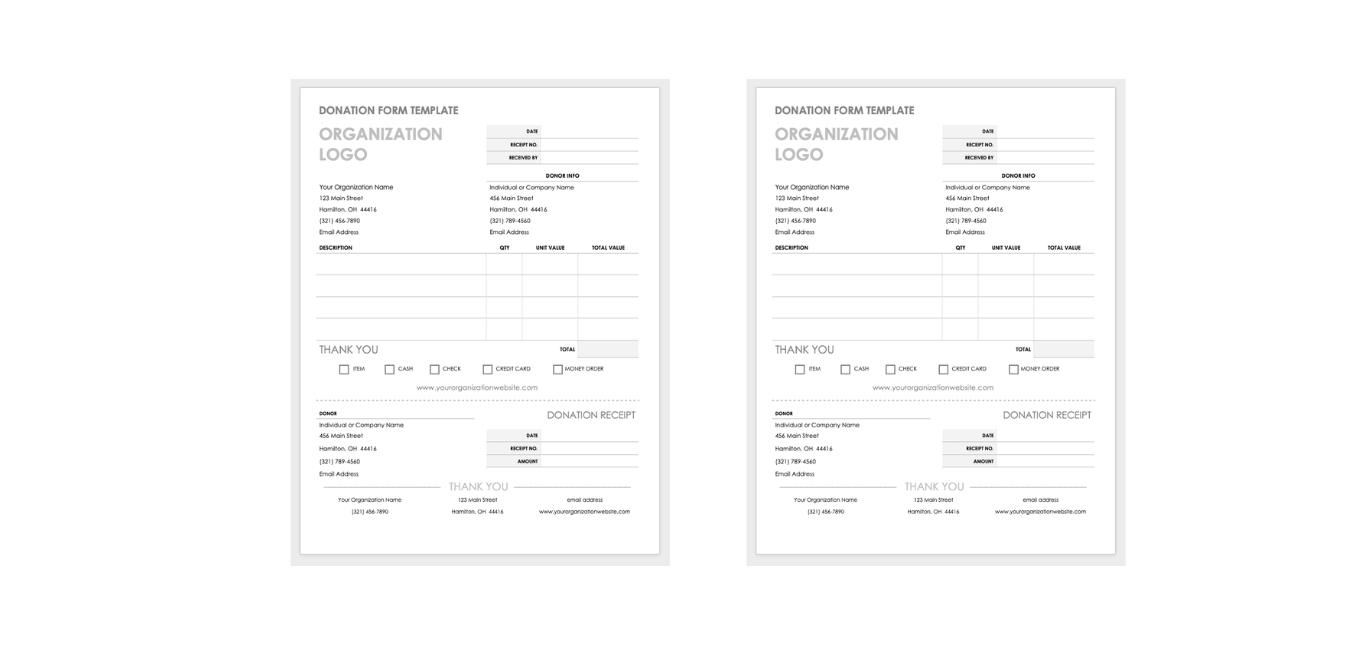Situation
When I joined a food packaging company a few years ago, we kicked off a marketing research project—good ol’ primary research, survey-based, straight from the source. One question asked, "How do you place orders? " Turns out, 11% of our customers relied on catalogs. Not just preferred them—needed them. Why? Because logging into a website or app was about as appealing to them as assembling IKEA furniture without instructions. Trust issues, tech struggles, and password fatigue made online ordering a no-go. Clearly, we had to meet them where they were—on paper.





